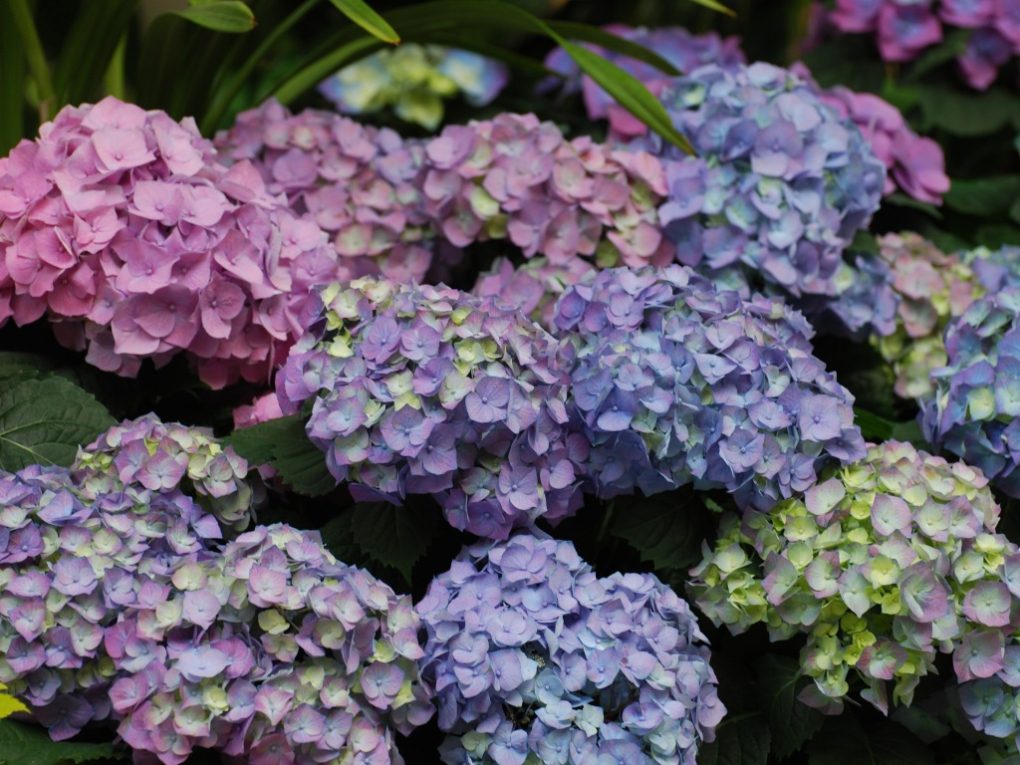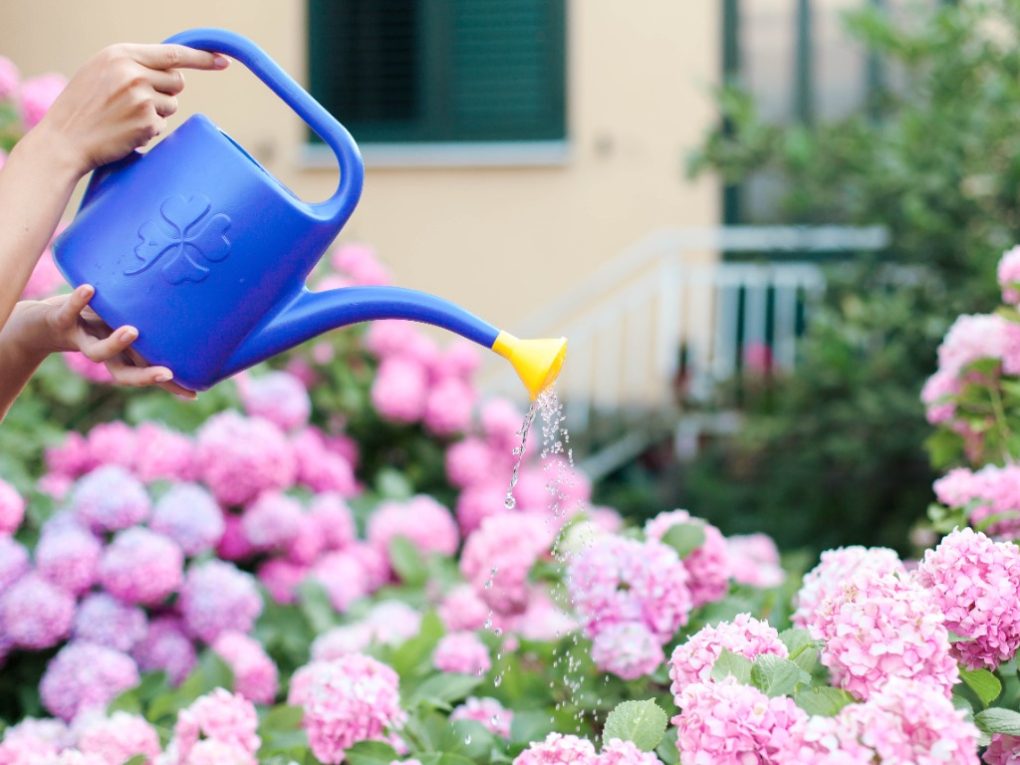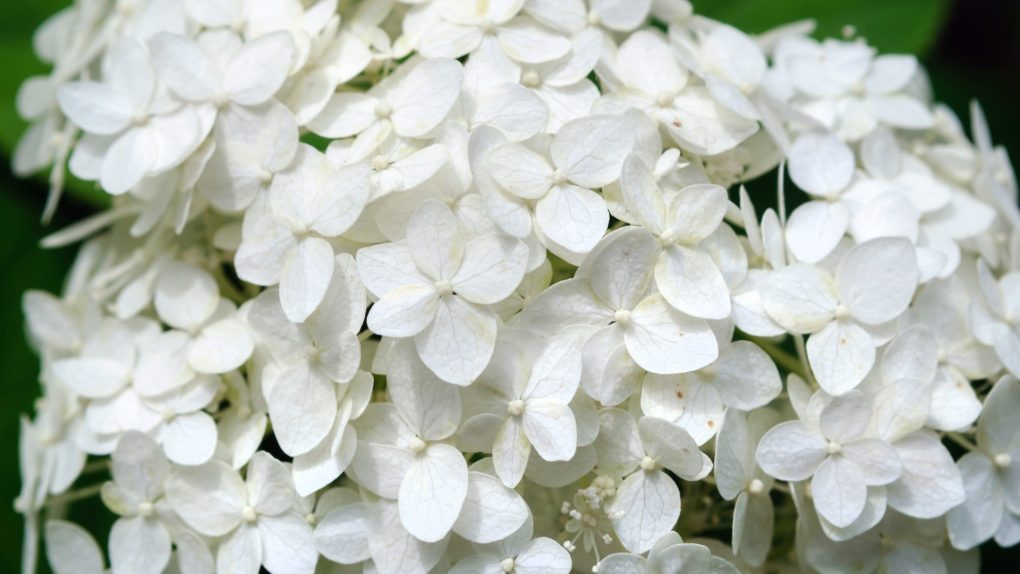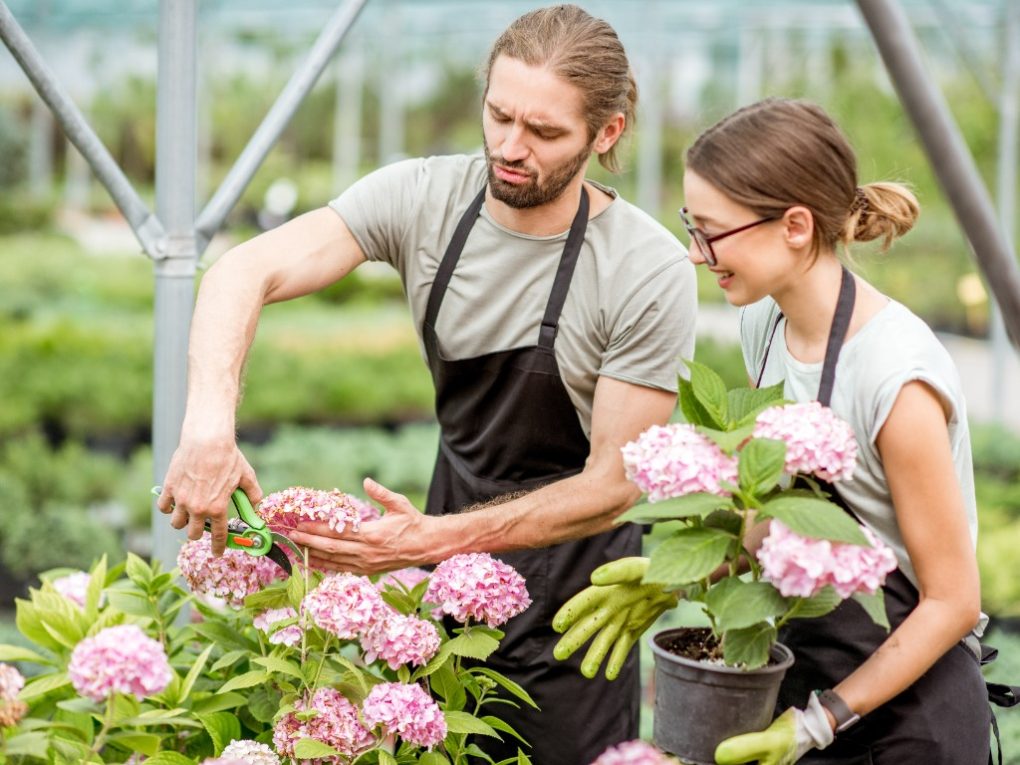Are Hydrangeas Hard to Grow: Tips for Successful Cultivation
Hydrangeas are beautiful flowering shrubs that add a touch of elegance to any garden or landscape. They are popular among gardeners for their large and showy blooms that come in various colors, including pink, blue, purple, and white. However, some people may hesitate to grow hydrangeas due to their difficult growth reputation.

The truth is that while hydrangeas can be a bit finicky, they are not necessarily hard to grow. With the right care and attention, anyone can grow hydrangeas in their garden. The key is to understand the plant’s specific needs and provide them with the proper growing conditions. This includes soil type, watering, pruning, and fertilization. By following these guidelines, gardeners can enjoy the beauty of hydrangeas in their yard without wondering if they will survive.
Table of Contents
Factors Affecting Hydrangea Growth
When it comes to growing hydrangeas, several factors can affect their growth. In this section, we will discuss the most important factors that you should consider when growing hydrangeas.
Soil Type
Hydrangeas prefer well-draining soil that is rich in organic matter. They do not like heavy clay soils that hold onto water, which can lead to root rot. You can amend your soil with compost or other organic matter to improve drainage if it is heavy.
Hydrangeas also prefer slightly acidic soil with a pH between 5.2 and 6.2. If your soil is too alkaline, you can lower the pH by adding sulfur or other acidifying agents.
Sunlight
Hydrangeas need plenty of sunlight to grow and bloom, but they can also be sensitive to too much direct sunlight. They prefer partial shade or filtered sunlight, especially during the hottest day.
If you are growing hydrangeas in a hot, sunny location, you may need to provide shade using a shade cloth or other protective covering. This can help prevent the leaves from burning and the flowers from wilting.
Watering
Hydrangeas need regular watering to thrive, especially during the hot summer months, but they do not like to be overwatered, as this can lead to root rot.
To avoid overwatering, ensure the soil is well-draining and you are not watering too frequently. Generally, you should water hydrangeas deeply once or twice a week, depending on the weather and soil conditions.

Temperature
Hydrangeas are sensitive to extreme temperatures, both hot and cold. They prefer mild temperatures between 60 and 70 degrees Fahrenheit and can suffer if exposed to temperatures outside this range.
If you live in an area with hot summers or cold winters, you may need to take extra precautions to protect your hydrangeas. This can include providing shade, mulching around the base of the plant, or covering the plant with a protective covering during extreme weather events.
By paying attention to these important factors, you can help ensure that your hydrangeas grow and thrive. With the right soil, sunlight, watering, and temperature conditions, you can enjoy beautiful blooms year after year.
Hydrangea Varieties
Regarding hydrangeas, there are several different varieties to choose from. Each variety has unique characteristics, including flower shape, color, and size. Here are some of the most popular hydrangea varieties:
Bigleaf Hydrangeas
Bigleaf hydrangeas, also known as mophead hydrangeas, are known for their large, round flower heads. These hydrangeas are popular for their ability to change color based on the soil’s pH, typically blooming from late spring to early summer and prefer partial shade.
Panicle Hydrangeas
Panicle hydrangeas, or peegee hydrangeas, are known for their cone-shaped flower heads. These hydrangeas bloom in the summer and fall and are typically white or pink, and are easy to care for and can tolerate full sun.
Smooth Hydrangeas
Smooth hydrangeas, also known as Annabelle hydrangeas, are known for their large, white flower heads. These hydrangeas bloom in the summer and prefer partial shade, and are easy to care for and can tolerate various soil types.

Oakleaf Hydrangeas
Oakleaf hydrangeas are known for their large, oak-shaped leaves and cone-shaped flower heads. These hydrangeas bloom in the summer, prefer partial shade, typically white or pink, and can tolerate various soil types.
Overall, hydrangeas are relatively easy to grow and care for and have many different varieties. So whether you prefer large, round flower heads or cone-shaped ones, there is a hydrangea variety for everyone.
Planting and Care Tips
When it comes to planting and caring for hydrangeas, several factors must be considered. Below are some tips that can help ensure your hydrangeas thrive.
Planting Location
Hydrangeas prefer well-draining soil with plenty of organic matter. They can adapt to various growing conditions but thrive in sandy coastal soils, shady woodland sites, and almost everything in between. When planting hydrangeas, choose a location that receives partial shade or morning sun and afternoon shade. This will help prevent the plant from drying out or getting too much sun.
Pruning
Pruning hydrangeas is essential to maintain their shape and promote healthy growth. The best time to prune hydrangeas is in late winter or early spring before new growth appears. Remove any dead or damaged branches, and cut back any old wood to encourage new growth. For mophead and lacecap hydrangeas, remove only the dead flowers, not the stems, as this can reduce blooming.

Fertilizing
Hydrangeas benefit from regular fertilization, especially during their growing season. Use a balanced fertilizer that contains equal amounts of nitrogen, phosphorus, and potassium. Apply the fertilizer in early spring and again in midsummer, following the manufacturer’s instructions. Avoid over-fertilizing, as this can lead to excessive growth and fewer flowers.
Pest and Disease Control
Hydrangeas are generally resistant to pests and diseases but can be susceptible to certain issues. Common pests affecting hydrangeas include aphids, spider mites, and scale insects. To control these pests, use insecticidal soap or neem oil. Powdery mildew and leaf spot are common diseases that can affect hydrangeas. To prevent these diseases, avoid overhead watering and provide good air circulation around the plant.
Following these planting and care tips can help ensure that your hydrangeas thrive and produce beautiful blooms.
Conclusion
Growing hydrangeas can be a rewarding experience for gardeners of all skill levels. While they may require some extra attention and care, hydrangeas can thrive and produce beautiful blooms year after year with the right conditions and maintenance.
It is important to choose the right variety of hydrangea for your specific climate and soil conditions. Ensuring proper soil pH and moisture levels is crucial for successful growth. Regular pruning and fertilizing can also help maintain healthy plants.
